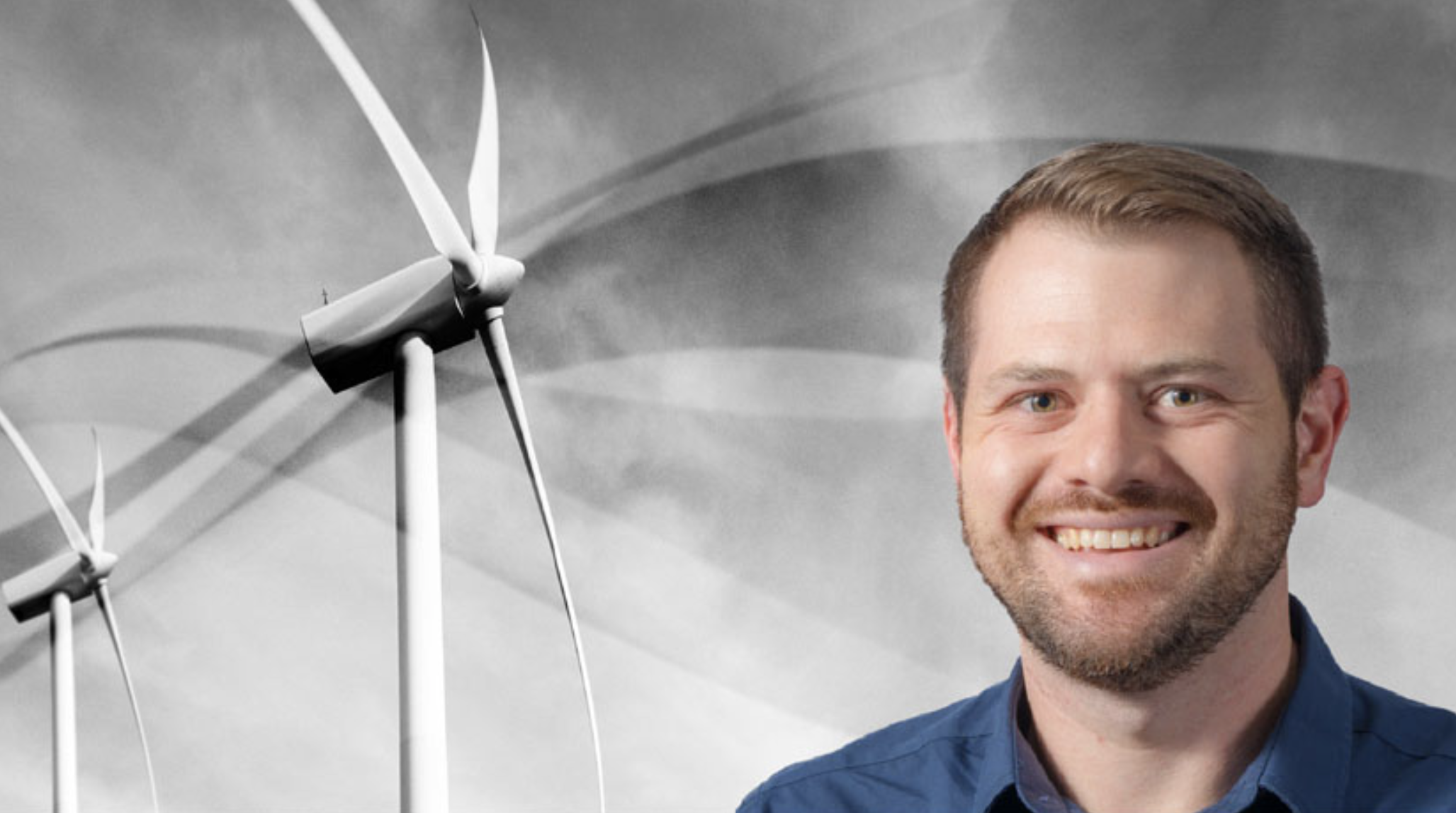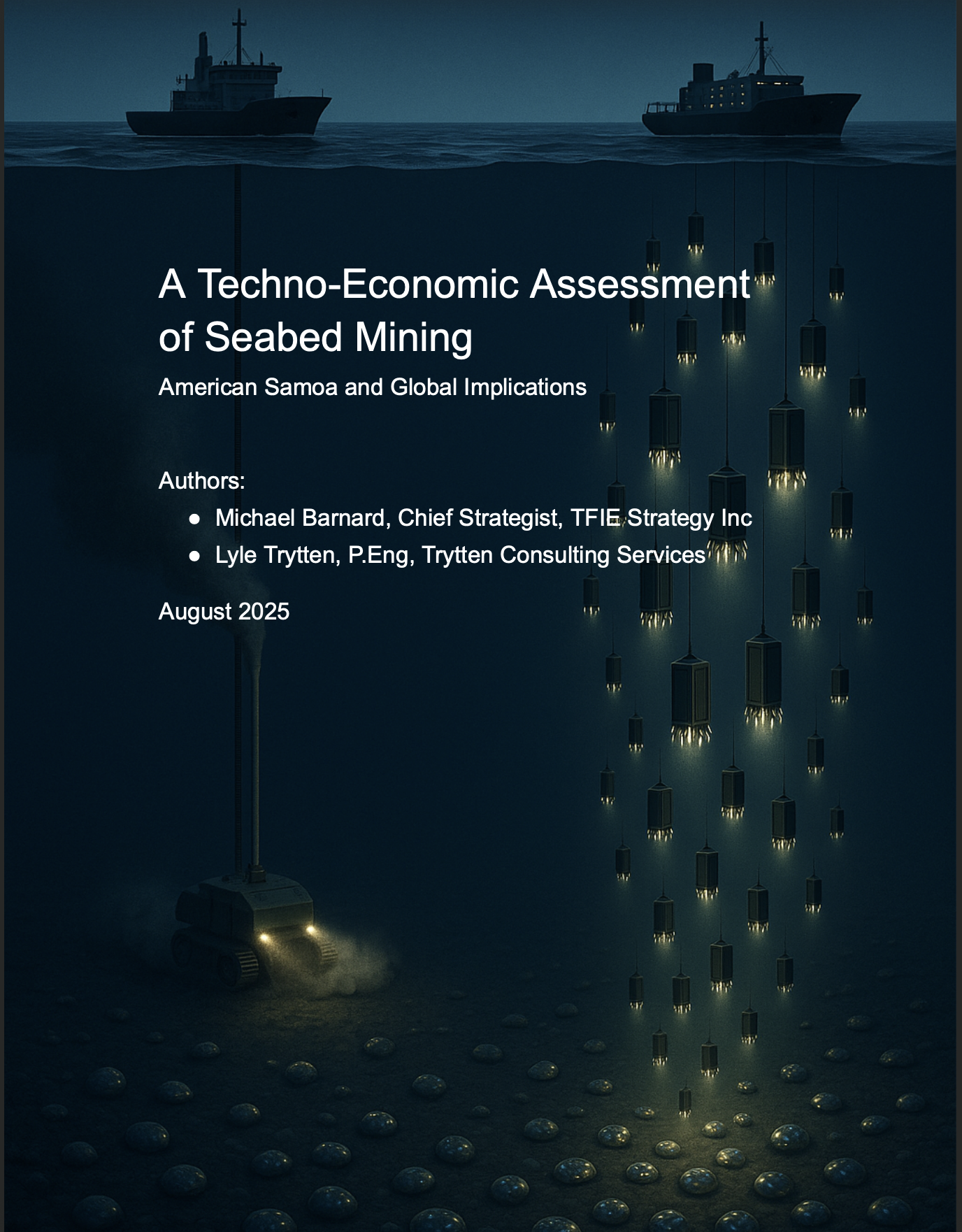Workforce Development Researcher Leads Efforts To Illuminate Wind Energy Career Pathways and Foster a Skilled Wind Workforce

Forget “brat summer.” Jeremy Stefek is ready for “demure fall.”
“Maybe I’ll take a trip to the San Juan mountains, do some work during the day, take some evening hikes, and watch the leaves turn,” Stefek explained. “Fall, compared to summer, feels like less pressure to be doing something all the time. It’s a chance to reset and refocus.”
Stefek, who studies wind energy workforce development at the National Renewable Energy Laboratory (NREL), is looking forward to applying the demure fall ethos to his professional life as well.
“Wind energy workforce development—and our efforts to support it—is a complex puzzle,” Stefek said. “I like to be the guy behind the scenes, helping put the pieces together and allowing others to shine.”
Read on to learn how Stefek is working to understand the needs of the growing wind energy industry, raise awareness of wind energy career opportunities, and develop training programs that ensure a skilled workforce is ready to meet future demands.
Fall seems to be a theme for you—your first Behind the Blades profile was in fall 2022. How has your role evolved since then?

NREL’s wind energy workforce development team has grown significantly over the years, so much so that we’re now one of the Wind Energy Program’s core capabilities. With that growth, my role has shifted from primarily doing analysis to focusing on mentorship, project management, and shaping the future direction of NREL’s workforce research. One of the most rewarding aspects of my work has been mentoring new team members who have become key contributors to our analysis projects. Their passion and drive are inspiring, and it has been fulfilling to guide them in their work.
How do you explain your work in laypersons’ terms?
We try to understand the challenges and opportunities related to recruiting, hiring, and training workers in the wind energy industry. We ask questions like, “How do we engage the people who build and operate wind energy projects and connect them with recruitment and training opportunities?” and “How do we make people aware of career pathways in wind energy—and how do we help them get on those pathways?”
We study skilled trades and professional careers in both the land-based and offshore sectors. Each sector faces unique challenges, and we spend a lot of time identifying where to focus and determining the highest priorities.

What problems does your work attempt to solve?
Both land-based and offshore wind energy have ambitious deployment goals, requiring rapid and intentional workforce expansion. However, if worker training doesn’t keep pace, we won’t have the skilled workforce needed to support future projects. A key challenge is to raise awareness that wind energy offers many different viable careers and to ensure workers are trained at the right time and place to meet industry demands.
Skilled trades like electricians and turbine technicians, are essential for constructing and operating wind energy projects. For a long time, there was a lot of emphasis on the high school to four-year-degree path, which left us with a shortage of skilled trade workers—not just for wind energy but for many industries. Developing or expanding registered apprenticeship programs in the right places is crucial, particularly for offshore wind, where market uncertainties pose additional challenges. Apprenticeship programs in general are increasingly important, especially with requirements from the Inflation Reduction Act. Again, we want to make sure people know that you can have a great career in wind energy—whether as a tradesperson or as an engineer or project manager.
Those are some complex problems! What strategies have you found most effective in solving those problems?
It’s tricky, because, as a national lab, NREL can identify trends and provide insights about how to solve those challenges, but we’re not always the ones implementing the strategies. However, we are working on some exciting initiatives. For instance, we just held the first-ever Wind Works Forum, which was a virtual event designed to connect students with wind energy internships and apprenticeships. We also have the new Wind Energy Workforce Network, which is bringing together universities, community colleges, registered apprenticeship programs, industry, labor unions, and federal, state, and local agencies to share lessons learned. I’m excited that our team now has more opportunities to implement national programs and actively work on solutions.
Any project updates or milestones that you’re especially jazzed about?
We had 215 people register for the Wind Works Forum, and we were pretty excited to see such a high interest in that event. In addition to that, we have three resources launching soon that are years in the making. First, we’re about to launch the new Wind Energy Education and Training Database that will map all wind energy training programs in the United States. Next, we’re developing some new wind energy occupational maps to define job titles and qualifications needed for the wind industry, particularly offshore wind. We’re also releasing resources related to the Inflation Reduction Act, including details on prevailing wages and apprenticeship requirements.
It’s crucial to not only discuss these topics but also guide the creation of registered apprenticeship programs for those lacking the capacity or knowledge to set them up. Finally, we’re exploring workforce practitioner networks for floating offshore wind energy on the West Coast. With these new programs, we’re getting opportunities to do some cool things we haven’t done before.
If we talk again a year from now, what achievements do you hope you’ll be celebrating?
I hope I’ll be celebrating the successful development of the wind energy workforce networks we’ve been working on. It would be super cool to see these networks come together with people connecting and collaborating effectively. Ideally, we’d have strong regional networks across the nation, with NREL facilitating and spurring workforce program initiatives. Additionally, I want our new workforce resources to gain traction and be impactful. Ensuring they reach the right people will be crucial. I’m also excited about continuing to mentor a motivated team and helping them stay engaged and balanced. That, plus the increased momentum around clean energy and workforce development, makes me really excited to be working in this space. It’s people plus energy. I love it.
Learn more about NREL’s wind energy research, offshore wind energy in particular, and the amazing people behind the blades by subscribing to the Leading Edge newsletter.




